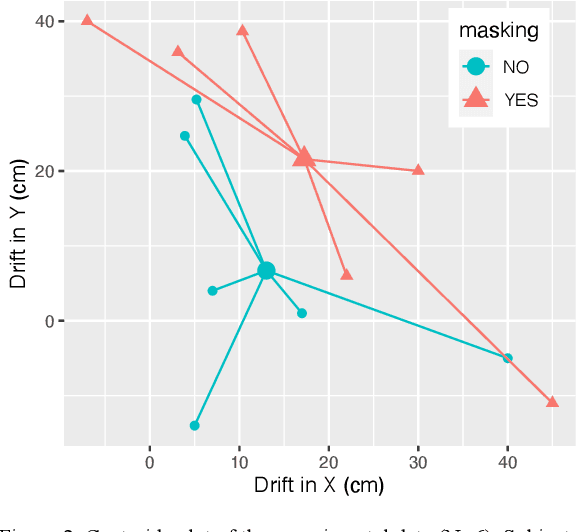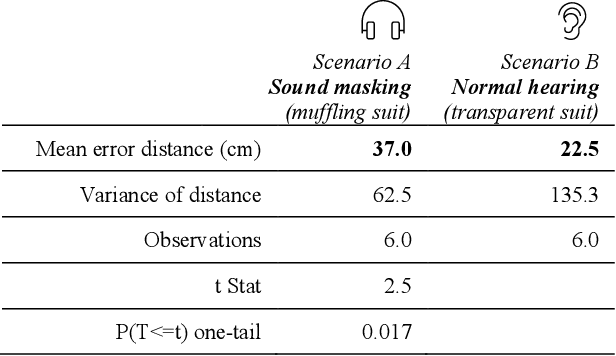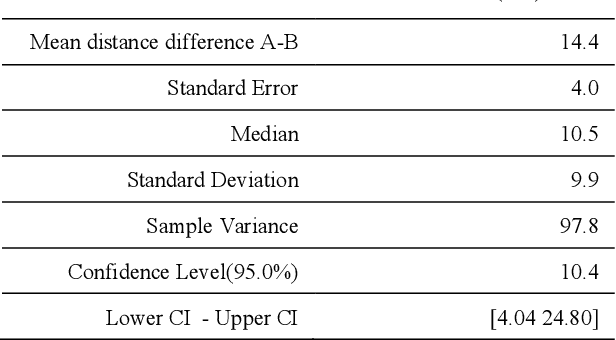Jose Berengueres
Applying Standards to Advance Upstream & Downstream Ethics in Large Language Models
Jun 11, 2023Abstract:This paper explores how AI-owners can develop safeguards for AI-generated content by drawing from established codes of conduct and ethical standards in other content-creation industries. It delves into the current state of ethical awareness on Large Language Models (LLMs). By dissecting the mechanism of content generation by LLMs, four key areas (upstream/downstream and at user prompt/answer), where safeguards could be effectively applied, are identified. A comparative analysis of these four areas follows and includes an evaluation of the existing ethical safeguards in terms of cost, effectiveness, and alignment with established industry practices. The paper's key argument is that existing IT-related ethical codes, while adequate for traditional IT engineering, are inadequate for the challenges posed by LLM-based content generation. Drawing from established practices within journalism, we propose potential standards for businesses involved in distributing and selling LLM-generated content. Finally, potential conflicts of interest between dataset curation at upstream and ethical benchmarking downstream are highlighted to underscore the need for a broader evaluation beyond mere output. This study prompts a nuanced conversation around ethical implications in this rapidly evolving field of content generation.
Sound masking degrades perception of self-location during stepping: A case for sound-transparent spacesuits for Mars
Feb 10, 2022



Abstract:Most efforts to improve spacesuits have been directed towards adding haptic feedback. However, sound transparency can also improve situational awareness at a relatively low cost. The extent of the improvement is unknown. We use the Fukuda-Unterberger stepping test to measure the accuracy of one's perception of self-location. We compare accuracy outcomes in two scenarios: one where hearing is impaired with sound masking with white noise and one where it is not. These scenarios are acoustic proxies for a sound muffling space suit and a sound transparent space suit respectively. The results show that when sound masking is applied, the error in self-location increases by 14.5cm, 95% CI [4.04 28.22]. Suggestions to apply the findings to Mars spacesuit designs are discussed. A cost-benefit analysis is also provided.
Emoji Sentiment Scores of Writers using Odds Ratio and Fisher Exact Test
Aug 21, 2018



Abstract:The sentiment of a given emoji is traditionally calculated by averaging the ratings {-1, 0 or +1} given by various users to a given context where the emoji appears. However, using such formula complicates the statistical significance analysis particularly for low sample sizes. Here, we provide sentiment scores using odds and a sentiment mapping to a 4-icon scale. We show how odds ratio statistics leads to simpler sentiment analysis. Finally, we provide a list of sentiment scores with the often-missing exact p-values and CI for the most common emoji.
Using smartphones for low-cost robotics
Jul 14, 2018


Abstract:Smartphones and robots can have an adversarial or a symbiotic relationship because they strive to serve overlapping customer needs. While smartphones are prevalent, humanoid robots are not. Even though considerable public and private resources are being invested in developing and commercializing humanoid robots, progress seems stalled and no humanoid robot can be said to be successful with consumers. A part from the obvious engineering differences between humanoids and smartphones, other economic factors influence this situation. On one hand, the product cycle of robots is slower than smartphones. This makes robot computing hardware, (as it with automobile's infotainment systems), perennially outdated when side-by-side to a smartphone. On the other hand, the incentives to develop Apps are high for smartphones and they are comparatively low for robot platforms. Here, we point to how smartphones could be used to lower hardware cost and foster robot app development.
Smartphone-based Home Robotics
Mar 06, 2018



Abstract:Humanoid robotics is a promising field because the strong human preference to interact with anthropomorphic interfaces. Despite this, humanoid robots are far from reaching main stream adoption and the features available in such robots seem to lag that of the latest smartphones. A fragmented robot ecosystem and low incentives to developers do not help to foster the creation of Robot-Apps either. In contrast, smartphones enjoy high adoption rates and a vibrant app ecosystem (4M apps published). Given this, it seems logical to apply the mobile SW and HW development model to humanoid robots. One way is to use a smartphone to power the robot. Smartphones have been embedded in toys and drones before. However, they have never been used as the main compute unit in a humanoid embodiment. Here, we introduce a novel robot architecture based on smartphones that demonstrates x3 cost reduction and that is compatible with iOS/Android.
Sentiment Perception of Readers and Writers in Emoji use
Jan 09, 2018



Abstract:Previous research has traditionally analyzed emoji sentiment from the point of view of the reader of the content not the author. Here, we analyze emoji sentiment from the point of view of the author and present a emoji sentiment benchmark that was built from an employee happiness dataset where emoji happen to be annotated with daily happiness of the author of the comment. The data spans over 3 years, and 4k employees of 56 companies based in Barcelona. We compare sentiment of writers to readers. Results indicate that, there is an 82% agreement in how emoji sentiment is perceived by readers and writers. Finally, we report that when authors use emoji they report higher levels of happiness. Emoji use was not found to be correlated with differences in author moodiness.
 Add to Chrome
Add to Chrome Add to Firefox
Add to Firefox Add to Edge
Add to Edge